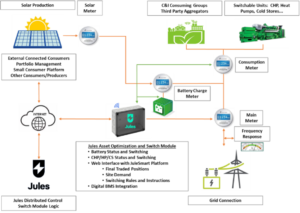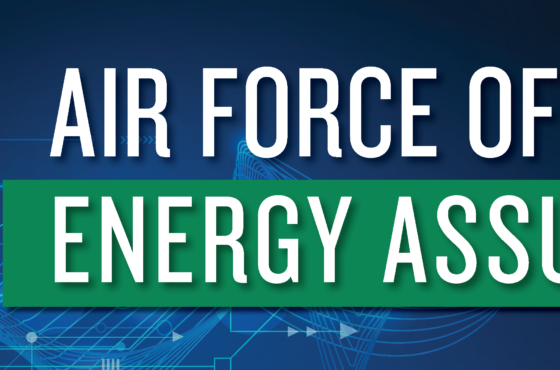Creating a Neural Digital Pathway in the Retail B2B Energy Segment Part II of II
Introduction
We know that in the US, a complex framework of market actors makes up the fabric of a growing retail energy space. As energy supply becomes more decentralized and distributed, technology needs to be able to connect all the market actors creating a robust digital energy value chain for all.
Technology Advancement
Certain companies have an “off the shelf” bespoke solution where 20% is left for customization according to the energy groups operational and sales needs. The backbone is a web-based interface with a robust trading engine that can accommodate full cycle energy transactions, generation to end customer, with complete visibility and transparency. The supplier benefits by creating this welcoming dashboard with a full view of their customers’ energy positions and a bilateral trading capability. Customers can buy and sell energy within the system. Even the smallest business today wants the flexibility to digitally adapt their utilities to fit their operational needs, including solar generation with batteries. Assets onsite can be managed and optimized during peak periods or when there is market uncertainty and volatility. Asset switching can be choreographed based on a retail price signal provided by the energy retailer. This creates a digital connection and pathway that fosters loyalty and minimizes the risk of lost revenue by keeping the end user engaged all the time. Here is an example of how technology can “connect” the entire retail energy value chain, and with the growth and advancement of DERs, this framework will become even more critical.

Digitization and Digitalization
The concept of digitization in the energy space is centered around taking what currently exists as manual, semi-automated, and making it fully digital, with manual only serving as backup. It is much like how smart meters and AMI came about. Now a “connected” grid allows other assets to integrate digitally so impact on the grid can be precisely measured. This allows for the advancement of distributed resources and aggregated virtual power plants. So, the story continues with who controls and manages the growth and effectiveness of this connected grid? Well, this is not a simple answer because the current status involves a devolving centralized energy generator, the wire people (T&D), the market players (aggregators, brokers, energy managers, etc.), and of course, the end customer. The concept of a “one size fits all” may be a dream, but we think it is feasible; but how will technology ultimately fit in this growing, for-profit business?
Customer Success
Whoever can bring this broad functionality into an ecosystem of energy trading for all parties involved will help advance the scale needed in digitization and digitalization for retail. Sub-metering will become very important so having a real-time connection to the customer and their load will require significant API connections. In the end, software should be flexible to adapt to any retail energy contract allowing for bespoke adaptation to retail supplier and end customer operations while giving mid-market players and “regulators” a way to access and get what they need for tools and reporting. Ultimately, we all serve the end customer as they fund this machine. We need to do a better job of making it simple yet advanced enough to achieve success on all levels. It should be an interesting path to Net Zero, and I hope we can all work together to make this happen.
By: Steve Alexander, Director of Business Development, North America Jules Energy
Read part one HERE




